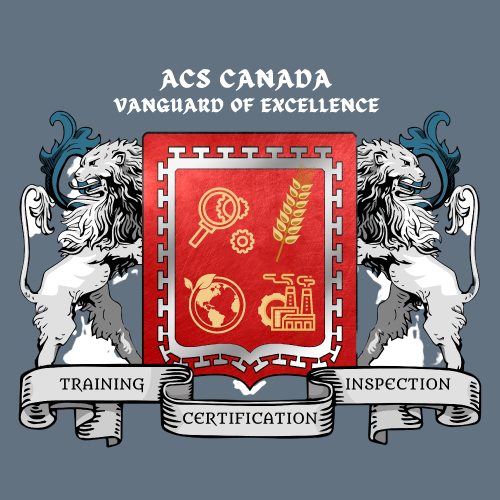HCS APPROVAL

The Occupational Safety and Health Administration (OSHA) has established a set of guidelines and requirements called the Hazard Communication Standards (HCS) that relate to the identification of hazardous chemicals, the health and safety risks those hazardous materials pose, and the appropriate safety precautions that lower the risk of illness and injury when handling those chemicals.
The Hazard Communication Standards (HCS) established by the Occupational Safety and Health Administration (OSHA) provide guidelines and requirements for identifying hazardous chemicals, understanding the health and safety risks associated with those chemicals, and implementing appropriate safety measures to mitigate the risk of illness and injury.
As per the Hazard Communication Standard (HCS) (29 CFR 1910.1200) 2012, chemical manufacturers, distributors, and importers are obligated to provide downstream users with Safety Data Sheets (SDSs), also known as Material Safety Data Sheets (MSDSs), for each hazardous chemical. These SDSs inform users about the potential hazards associated with the chemicals. SDSs are presented in a standardized, user-friendly, 16-section format, enabling workers to familiarize themselves with the structure and comprehend the information provided.
The SDS contains detailed information about each chemical, including its physical, health, and environmental hazards. It also includes guidelines and safety instructions for handling, storing, and transporting the chemical safely.
The HCS framework encompasses two major scopes:
1. Chemical manufacturers and importers are responsible for providing information about the identities and hazards of the chemicals they produce or import.
2. All employers with hazardous chemicals in their workplaces must have a hazard communication program and provide information to employees about the hazards associated with those chemicals, along with the necessary protective measures.
The key focus areas of HCS include:
1. Classification of physical hazards: Identifying and categorizing the physical properties of hazardous chemicals that can pose risks such as flammability, explosiveness, or reactivity.
2. Classification of health and environmental hazards: Assessing the potential health effects and environmental impact of hazardous chemicals, including toxicity, carcinogenicity, and ecological hazards.
3. Hazard communication: Ensuring effective communication of the hazards associated with chemicals through labels, safety data sheets, and other relevant information.
ACS-certified assessors, recognized by the Occupational Safety and Health Administration (OSHA), can assist companies in training their employees and implementing the HCS system in alignment with the requirements of the Globally Harmonized System of Classification and Labeling of Chemicals (GHS). By leveraging their expertise, ACS helps organizations navigate the complexities of HCS compliance, ensuring the safe handling, use, and storage of hazardous chemicals in the workplace.
Training at ACS Canada
ACS employs accelerated learning methods to ensure a comprehensive grasp of all certificates. Our approach involves contextualizing your learning through a wide array of options, including classroom instruction, workshops, as well as interactive and online sessions.
Unfortunately, there are no courses available for this certificate in our current calendar. However, please feel free to reach out to us for updates and to explore potential future offerings for the course.

